
|
Tel: 410-638-7761; Toll-free (orders only): 800-475-2272 |
||||||
| Vedic TITLE Index | Vedic AUTHOR Index | Vedic PAGES Index | Vedic SEARCH Engine | Astrology Home | E-Mail: | |
|---|---|---|---|---|---|---|
 |
Vedic Astrology by:Students of K.N. Rao, page 2 |
Books by students of K.N. Rao, page 1
Books by students of K.N. Rao, page 3
See also K.N. Rao books, and,
Research papers by K.N. Rao & his students
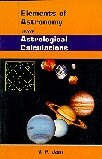
|
||
 |
||
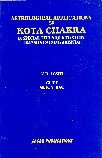 |
||
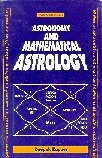 |
||
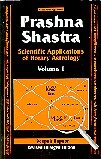
|
||
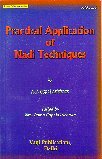
|
||
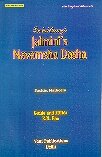
|
||
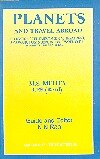
|
||
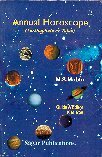
|
||
 |
||
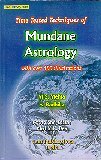
|
||
Books by students of K.N. Rao, page 1
Books by students of K.N. Rao, page 3
See also K.N. Rao books, and,
Research papers by K.N. Rao & his students

The Astrology Center of America
207 Victory Lane, Bel Air, MD 21014
Tel: 410-638-7761; Toll-free (orders only): 800-475-2272
| Vedic TITLE Index | Vedic AUTHOR Index | Vedic PAGES Index | Vedic SEARCH Engine | Astrology Home | E-Mail: |
|---|